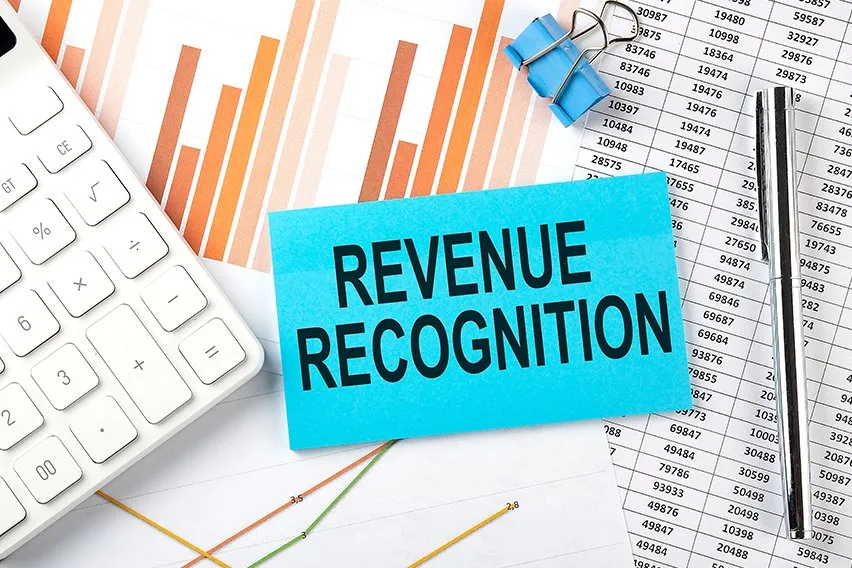Obsolete Inventory: How to Identify & Avoid It

It happens in homes around the country — you open the refrigerator or cupboard and realize that in the back, where you forgot about it, is something you bought months ago. Now it’s bad and you can’t use it.
You just found obsolete inventory.
In business, it’s similar. A store or supplier buys a certain amount of product expecting to be able to sell it within a set period of time. If it moves more slowly than expected, sometimes the store realizes they won’t be able to sell it after all. It’s now obsolete inventory.
As a business owner or manager, what can you do to identify and avoid obsolete inventory? Here are the tips you need.
Here’s What We’ll Cover:
How to Identify Inventory That May Become Obsolete
Getting Rid of Inventory Before It Loses Value
What is Obsolete Inventory?
Inventory that has reached the end of its useful life and isn’t expected to be sold is known as obsolete inventory. Other terms include dead inventory or excess inventory.
Because a company can’t sell it, the products have to be written off and can cause significant losses for the organization. The exact amount of time that inventory has to be unsold before being considered obsolete varies depending on the industry. For example, a food products company would have a different window than a tractor manufacturer.
Understanding the sales trends in your industry and knowing how long you’ve had inventory on hand can help you make decisions about future production and can help you avoid obsolete inventory.

How to Identify Inventory That May Become Obsolete
How do you know if your inventory might negatively affect your business? The first step is to do an inventory audit on a regular basis. You can either do this periodically or track it in real-time using a high-quality inventory system.
Pay attention to how much of each product you have on hand, compared to how quickly it has been selling. Know the Days of Inventory and Months of Inventory for your stock. If your totals for usage each quarter are too low, you want to quickly make a plan for how to sell your current inventory before it loses all value.
If you have seasonal items in your inventory, you’ll want to make sure your purchasing matches your needs so that you don’t run out during the busy season and have dead inventory in the off-season.
What Causes Dead Stock?
Why does a company end up with more of a product than it can sell? There are a variety of reasons. Preventing these issues will help you avoid obsolete inventory.
Poor Sales Forecasting
Poor forecasting is one of the largest problems. If you expect a specific product to be a top seller, you might overbuy it and end up with too much if those predictions aren’t accurate. Over time, your leftover inventory will lose value. That’s why it’s important to track your inventory and create special sales or deals to move excess inventory before it’s worthless.
Lack of Inventory Management
A poor inventory management system can also cause issues. If you aren’t able to track inventory in real-time, you might rely on managers to do hand counts and these counts might happen less often. There can also be a lot of human error in a manual process.
Not knowing about excess stock is a significant concern because you might continue to buy more or not realize that you need a clearance sale until it’s too late. Also, you might not have warehouse space for the products that really are selling quickly, causing you to go out of stock on those items and lose important revenue.
Use inventory management software to keep a close eye on inventory levels for each individual product.
The Product is a Failure
Sometimes, you simply have a product that’s a flop. Whether you’re a retailer or supplier, you might end up planning to sell something that gets terrible reviews from customers. Maybe it breaks too easily, or the manufacturer might have made a mistake in production. Regardless, you’ll not only end up with a lot of dead stock, but you’ll get returns as well, which creates a double-hit on your profitability.
Mistakes in Purchasing and Lead Times
Sometimes people make mistakes. Perhaps a buyer scanned the wrong SKU for an order and you ended up with cases of the wrong item. Or, perhaps your supplier didn’t tell you how long the lead times would be, causing you to miss the profitability window on your purchase.
During 2020 and 2021, significant supply chain issues caused lead times to vary wildly and caused problems for businesses all over the country — and the world. Some mistakes are preventable, and some you just have to roll with the punches.

Getting Rid of Inventory Before It Loses Value
If you’ve identified slow-moving inventory, the first step is to notify your team that there’s a concern with that inventory item. That way no one will accidentally order more or fail to take action on a sales plan.
Next, it’s time to create a strategy to move the excess stock so you don’t take a significant loss.
Consider the following ideas:
- Updating the marketing to reposition the product and make it appealing
- Discounting the price
- Donate the items to charity (you even get a tax deduction!)
- Bundle less popular items with hot sellers to incentivize purchases
When you’ve taken action, you’ll find that you lose far less to obsolete inventory write-offs than you would have otherwise.
Key Takeaways
This article can help you identify issues that may be causing your dead stock and take steps to prevent them. By using inventory management software, you can identify slow-moving products and act quickly to sell them before you lose money.
At FreshBooks, we know how important it is to track your financials closely. We provide a variety of business tools that allow you to look at financial statements, balance sheets, budgets, and more so that you know exactly how healthy your company is. If you’d like to learn more about our easy-to-use financial solutions, contact us today!
Did you enjoy reading this guide? Head over to our resource hub for more great content!
RELATED ARTICLES


 What Is a POS Purchase? A Definitive Guide
What Is a POS Purchase? A Definitive Guide What Is Business Negotiation? Top 10 Successful Tactics
What Is Business Negotiation? Top 10 Successful Tactics Revenue Recognition: Definition, Principles & Example Guide
Revenue Recognition: Definition, Principles & Example Guide Distribution Management: Definition & Advantages
Distribution Management: Definition & Advantages What Is Subscription Billing? 6 Software To Manage Billing
What Is Subscription Billing? 6 Software To Manage Billing What Is a Partner Program? A Guide to Building an Ecosystem
What Is a Partner Program? A Guide to Building an Ecosystem